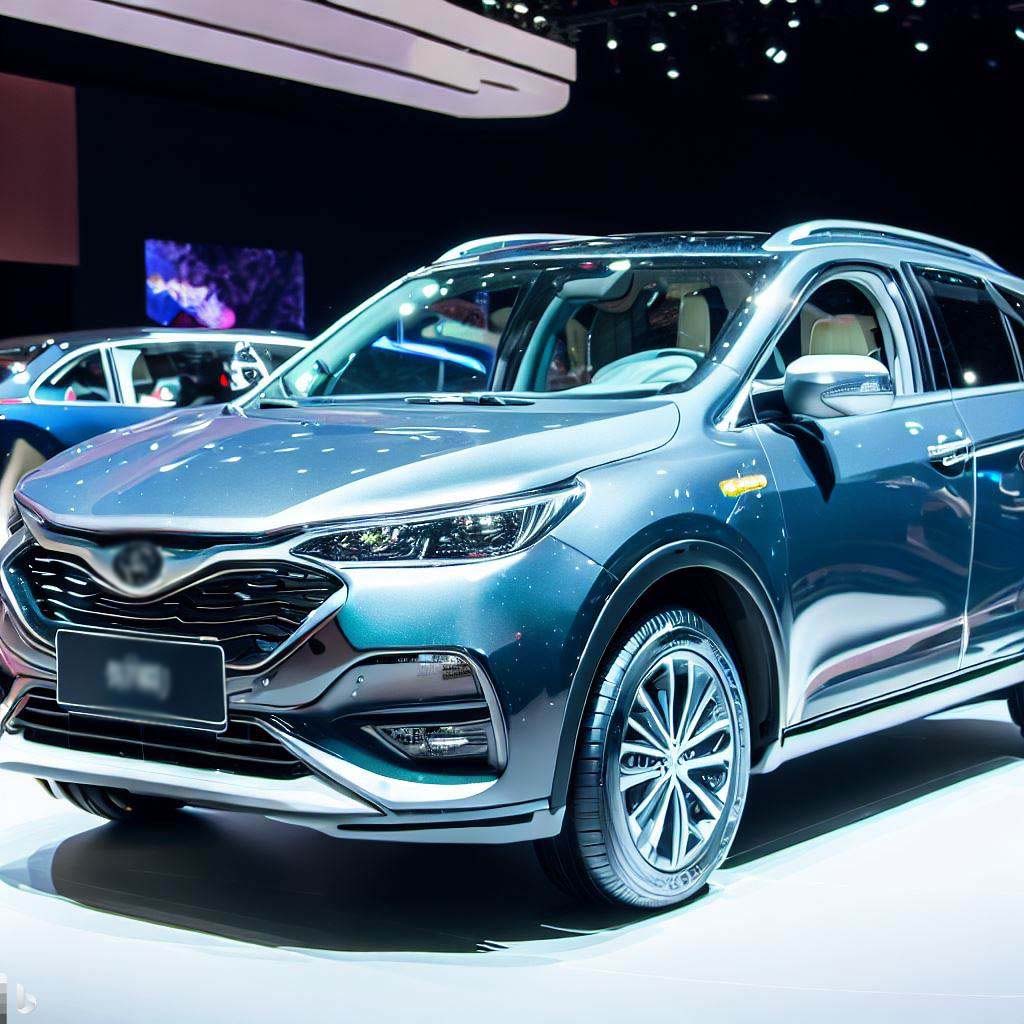Introduction
Rapid prototyping has revolutionized the automotive industry, enabling manufacturers to accelerate the design and development process while ensuring innovation and cost-effectiveness. This article delves into a compelling case study of BYD Auto, a prominent player in the automotive industry, to explore their successful implementation of rapid prototyping techniques and the impact it has had on their product development process.

Overview of BYD Auto
BYD Auto is a renowned automotive company that has made significant strides in the industry. Founded in 2003, the company has positioned itself as a leader in electric vehicles (EVs) and energy storage solutions. With a strong focus on sustainability and cutting-edge technology, BYD Auto has become a global player, expanding its presence across multiple continents.
Need for Rapid Prototyping
In today’s automotive industry, rapid prototyping has become essential due to the increasing complexity of vehicle design and the need for rapid innovation. Traditional design processes often involve time-consuming iterations and costly physical prototypes. Rapid prototyping addresses these challenges by allowing manufacturers to quickly create and test virtual and physical prototypes, enabling faster decision-making and reducing time-to-market.
Implementation of Rapid Prototyping at BYD Auto
BYD Auto has embraced rapid prototyping as a strategic approach to streamline their design and development process. The company has integrated advanced 3D modeling and simulation technologies, allowing their engineers to visualize and analyze digital prototypes with precision. This integration has facilitated efficient design iterations and optimization, saving both time and resources.
Additionally, BYD Auto has leveraged additive manufacturing techniques, commonly known as 3D printing, to produce physical prototypes. This technology enables the company to create complex geometries and functional parts, which were previously challenging to achieve using traditional manufacturing methods. By adopting additive manufacturing, BYD Auto has gained greater flexibility in design iterations and improved the accuracy of their prototypes.
Case Study: Application of Rapid Prototyping at BYD Auto
At BYD Auto, rapid prototyping plays a crucial role in various stages of the product development process. In the conceptual design phase, designers use digital prototyping to visualize and refine their ideas, incorporating feedback and making necessary adjustments. This iterative process ensures that the final design meets the desired specifications.
Once the design is finalized, BYD Auto utilizes rapid prototyping for functional testing. Physical prototypes are created using additive manufacturing, allowing engineers to evaluate the performance, fit, and functionality of various components. This enables them to identify and rectify any design flaws or improvements needed before moving to the production stage.
Moreover, rapid prototyping assists BYD Auto in optimizing tooling and production processes. Through the creation of accurate prototypes, the company can evaluate the manufacturing feasibility, identify potential production challenges, and optimize the tooling design. This reduces the risk of errors during mass production and enhances overall manufacturing efficiency.

Benefits and Impact of Rapid Prototyping at BYD Auto
The implementation of rapid prototyping techniques has yielded significant benefits for BYD Auto. Firstly, it has drastically reduced the development time, allowing the company to bring new products to the market faster. The ability to iterate designs quickly and efficiently has enabled BYD Auto to stay ahead of competitors and seize market opportunities swiftly.
Furthermore, rapid prototyping has resulted in cost savings for BYD Auto. Traditional prototyping methods involve substantial material and labor costs, especially when design iterations are frequent. With rapid prototyping, the company can minimize the material waste and reduce production costs associated with traditional manufacturing processes.
In addition, rapid prototyping has enhanced the design validation process at BYD Auto, ensuring the final products meet the highest quality standards. The ability to produce physical prototypes with accuracy and intricate details allows engineers to thoroughly test and validate the design, identify potential issues, and make necessary adjustments. This results in higher-quality products, improved performance, and enhanced customer satisfaction.
Challenges and Solutions
While rapid prototyping offers numerous advantages, it also presents certain challenges for BYD Auto. Material selection and compatibility are crucial considerations when utilizing additive manufacturing techniques. Selecting appropriate materials that meet the specific requirements of the prototypes and ensuring compatibility with the manufacturing process are ongoing challenges that require continuous research and development.
Scalability for mass production is another consideration. While rapid prototyping excels in producing prototypes and small batches, scaling up to mass production can be a complex task. BYD Auto addresses this challenge by closely integrating rapid prototyping with traditional manufacturing processes, ensuring a smooth transition from prototyping to full-scale production.
Future Directions and Possibilities
Looking ahead, BYD Auto continues to explore advancements in rapid prototyping technologies. This includes the adoption of more advanced 3D printing techniques, such as metal 3D printing, which could further enhance the capabilities and possibilities of rapid prototyping in the automotive industry.
Additionally, the integration of artificial intelligence (AI) and automation in rapid prototyping processes is an area of interest for BYD Auto. AI algorithms can optimize design iterations, predict performance outcomes, and further streamline the development process. Automation can enhance the speed and accuracy of prototyping, allowing for even faster product development cycles.
Sustainability and environmental considerations are also gaining significance in the automotive industry. BYD Auto is actively exploring the use of sustainable materials and environmentally friendly manufacturing processes in rapid prototyping, aligning with their commitment to green and sustainable practices.
Conclusion
The case study of BYD Auto exemplifies the profound impact of rapid prototyping in the automotive industry. By integrating advanced technologies, such as 3D modeling, simulation, and additive manufacturing, BYD Auto has accelerated their design and development process, reduced costs, improved product quality, and gained a competitive edge. As the automotive industry continues to evolve, rapid prototyping will play an increasingly crucial role in driving innovation, efficiency, and success for companies like BYD Auto.
